VHO - Although only in a small area, the excavation of the Kinh Thien Palace has brought many new insights, taking an important step forward in the identification of the Kinh Thien Palace and the space of the Kinh Thien Palace. These results prove that the Dan Tri courtyard and the Royal Path exist and are present underground.
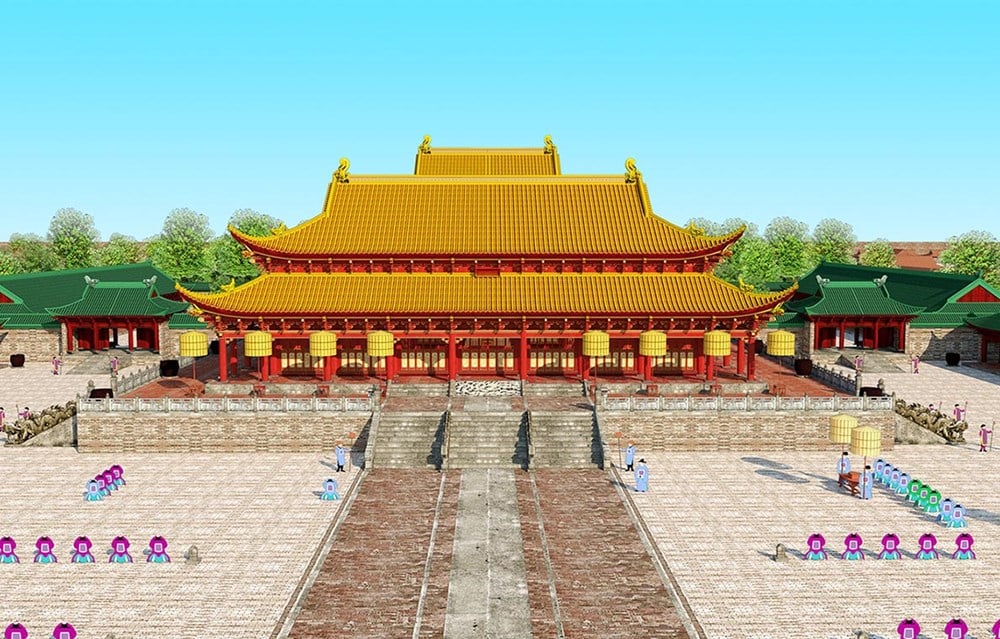
According to many researchers, this is one of the highly authentic bases, extremely important evidence for us to continue to research and restore the Kinh Thien Palace space and Kinh Thien Palace.
Clarifying the spatial structure of Kinh Thien Palace
The Thang Long - Hanoi Heritage Conservation Center and the Vietnam Institute of Archaeology have just announced important discoveries of Kinh Thien Palace. These are outstanding archaeological results in 2024. The announcement ceremony was attended and discussed by leaders of the Department of Cultural Heritage (Ministry of Culture, Sports and Tourism), experts in history, culture, heritage, archaeology, etc.
According to Associate Professor, Dr. Tong Trung Tin, Chairman of the Vietnam Archaeological Association, implementing UNESCO's recommendations and with the permission of the Ministry of Culture, Sports and Tourism, in 2024, the Thang Long - Hanoi Heritage Conservation Center coordinated with the Institute of Archaeology to conduct an exploratory excavation of 500m2 , with four excavation pits in different locations. "There have been many more interesting discoveries, reinforcing hypotheses about the previous shape of Kinh Thien Palace. The relics and architectural traces discovered have provided researchers with additional especially important bases to accurately identify the space of Kinh Thien Palace during the Le Dynasty, the most important palace, the place where the most solemn ceremonies of the court were held, the place to welcome foreign envoys and the place where the king held court...", Mr. Tin said.
The first pit was excavated in the Southwest of Hau Lau area (ie Northwest of Kinh Thien Palace, where the emperors held court during the early Le dynasty and later). The second pit was excavated right on the foundation of Kinh Thien Palace. The third pit was located in the space between Kinh Thien Palace and Doan Mon Palace, leaning to the West. The fourth pit was located right behind Doan Mon Gate towards Kinh Thien Palace, a short distance from the excavation pit at the previous gate area. The purpose of the excavation was to focus on clarifying the spatial structure of Kinh Thien Palace. In particular, the excavation pit at the foundation of Kinh Thien Palace discovered traces of the Nguyen Dynasty foundation in the East-West direction; traces of foundation columns from the Le Trung Hung Dynasty (17th-18th century) with dimensions of 1.9m x 1.4m. The Kinh Thien Palace area was excavated in 2011 and 2023. The new results continue to clarify the foundation structure of Kinh Thien Palace during the Le Trung Hung Dynasty. Excavation pit number two revealed three architectural vestiges of the Later Le Dynasty. These vestiges are all continuations of the corridor and surrounding wall architecture discovered during the excavations in 2014-2015. These vestiges contribute to confirming the hypothesis that there were two corridors, one in the East and one in the West, running from Doan Mon to the Kinh Thien Palace area. This corridor was the limit of the court space during the Early Le Dynasty and the Later Le Dynasty.
The excavation pit behind Doan Mon revealed many architectural vestiges of the Le Trung Hung period, including the Dan Tri courtyard, the Royal Path, and about 30cm below the Royal Path and the Dan Tri courtyard of the Le Trung Hung period, there was a fairly large underground drainage system, which functioned to drain water for the entire court space. The vestiges provide further understanding of the court space of this historical period. Meanwhile, the first excavation pit located in the northwest of Kinh Thien Palace provided additional data about another palace, possibly Can Chanh Palace, the emperor's daily workplace. Associate Professor, Dr. Tong Trung Tin said: "These vestiges are also a continuation of previous excavations. Furthermore, the excavation in 2024, although only excavating a small area, has brought many new insights, taking an important step forward in identifying the Kinh Thien Palace and the Kinh Thien Palace space during the early Le Dynasty (15th-16th century) and the Later Le Dynasty (17th-18th century) in terms of architecture, materials, overall layout and construction techniques.
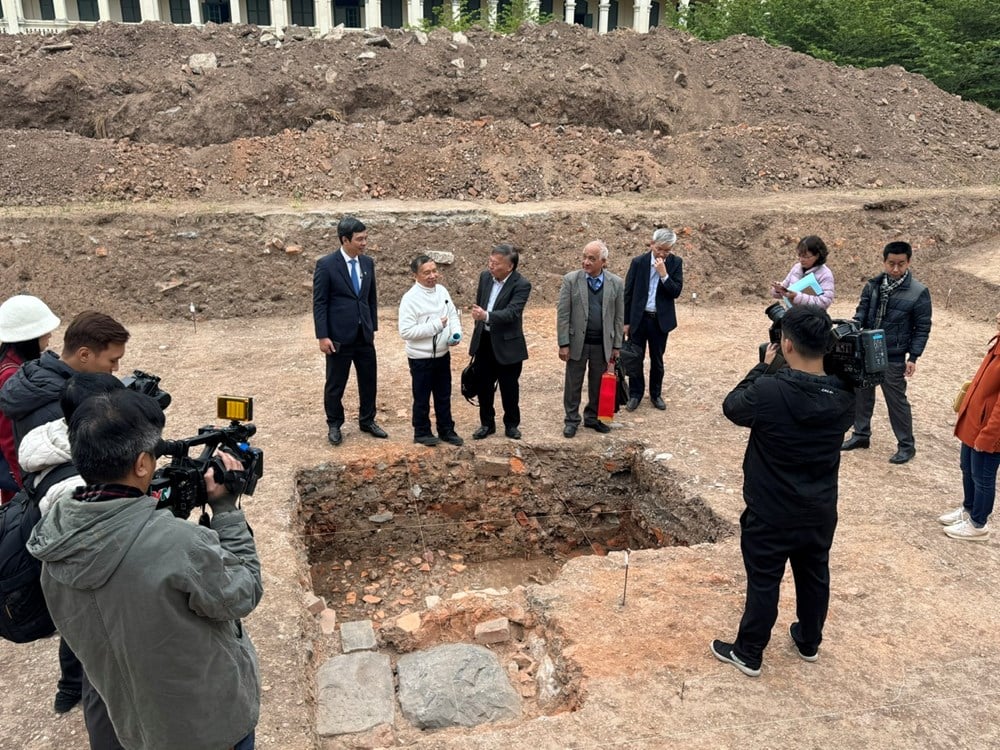
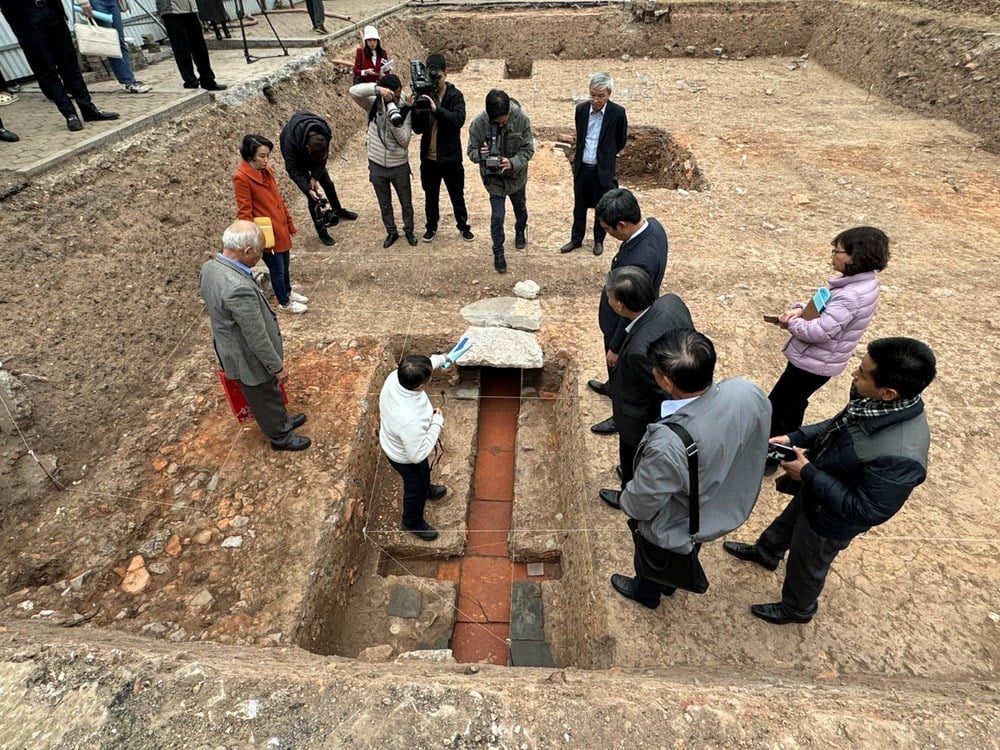
Make new assumptions and judgments
The Chairman of the Vietnam Archaeological Association stated that these discoveries are the basis for studying the restoration of the Kinh Thien Palace and Kinh Thien Palace; at the same time, it shows the need to demolish some structures to clarify the perception of the value of Thang Long Imperial Citadel as approved by UNESCO in Decision No. 46 COM 7B.43 in July 2024.
According to Associate Professor, Dr. Tong Trung Tin, the results of the excavation in 2024 allowed scientists to predict that Kinh Thien Palace had 9 compartments, with a carefully and meticulously made column and foundation system. In addition, the new discoveries also allowed scientists to hypothesize that the Kinh Thien Palace's main space might end in the D67 area, followed by the Can Chanh Palace space. During the excavation in 2022, in the exploration pits at the location of the Operations Department, for the first time, the Royal Path from the early Le Dynasty was revealed, paved with large red square bricks. Next to the Royal Path, there was an additional side path in the East made of inclined bricks. This path also coincided with the East side door of Doan Mon. At the 2022 excavation results report, Associate Professor, Dr. Tong Trung Tin put forward the hypothesis: The exploration pit in the middle of the house revealed a row of two layers of bricks running East - West, possibly the row of bricks that separated the Dai Trieu yard into two different levels (?). However, he also emphasized that this issue must be further studied in the coming time.
According to historical records, during the early Le and Le Trung Hung dynasties, there was a Dan Tri courtyard (audience courtyard, Dai Trieu courtyard, Kinh Thien palace courtyard) where the most important national ceremonies of the country took place. Exploratory excavations here have found traces of the Dan Tri courtyard. The traces of the Dan Tri courtyard during the Le Trung Hung period are in the Le Trung Hung cultural layer. The traces of the courtyard foundation are widely distributed throughout the excavation pit. The traces have been heavily excavated in many locations by activities and works of later periods (Nguyen dynasty, French colonial period, modern times). In the 2022 excavation, the foundation of the Royal Path and stone materials that could have been used to pave the Royal Path were also discovered. The traces of the Royal Path were severely destroyed by works of later periods. The foundation of the Royal Path runs in the North - South direction, extending from Doan Mon to the dragon platform of the Kinh Thien Palace. The cross-section of the Royal Road shows that it was built directly on the old Royal Road foundation from the early Le Dynasty. There are still 3 layers of bricks, brick powder, clay and crushed stone.
The new excavation results continue to expand the perspective on Dan Tri and Ngu Dao. Associate Professor, Dr. Tong Trung Tin further commented that the excavation results in 2024 all show the basic attributes of the outstanding global value of the World Heritage Site of the Central Sector of the Imperial Citadel of Thang Long. To understand more in detail and more accurately, the excavations in the coming years are very necessary to develop a plan or a comprehensive excavation strategy as recommended by UNESCO, thereby clarifying and further increasing the outstanding global values of the Heritage Site, meeting the recommendations of ICOMOS and the World Heritage Center in 2023 and 2024.
Director of the Thang Long - Hanoi Heritage Conservation Center Nguyen Thanh Quang also commented: “These results prove to UNESCO that Dan Tri yard and the Royal Path exist and are present underground. This is one of the highly authentic bases, extremely important evidence for us to continue to research and restore the Kinh Thien Palace and Kinh Thien Palace in the near future…”.
Source: https://baovanhoa.vn/van-hoa/phat-hien-moi-cho-viec-phuc-dung-chinh-dien-kinh-thien-118564.html




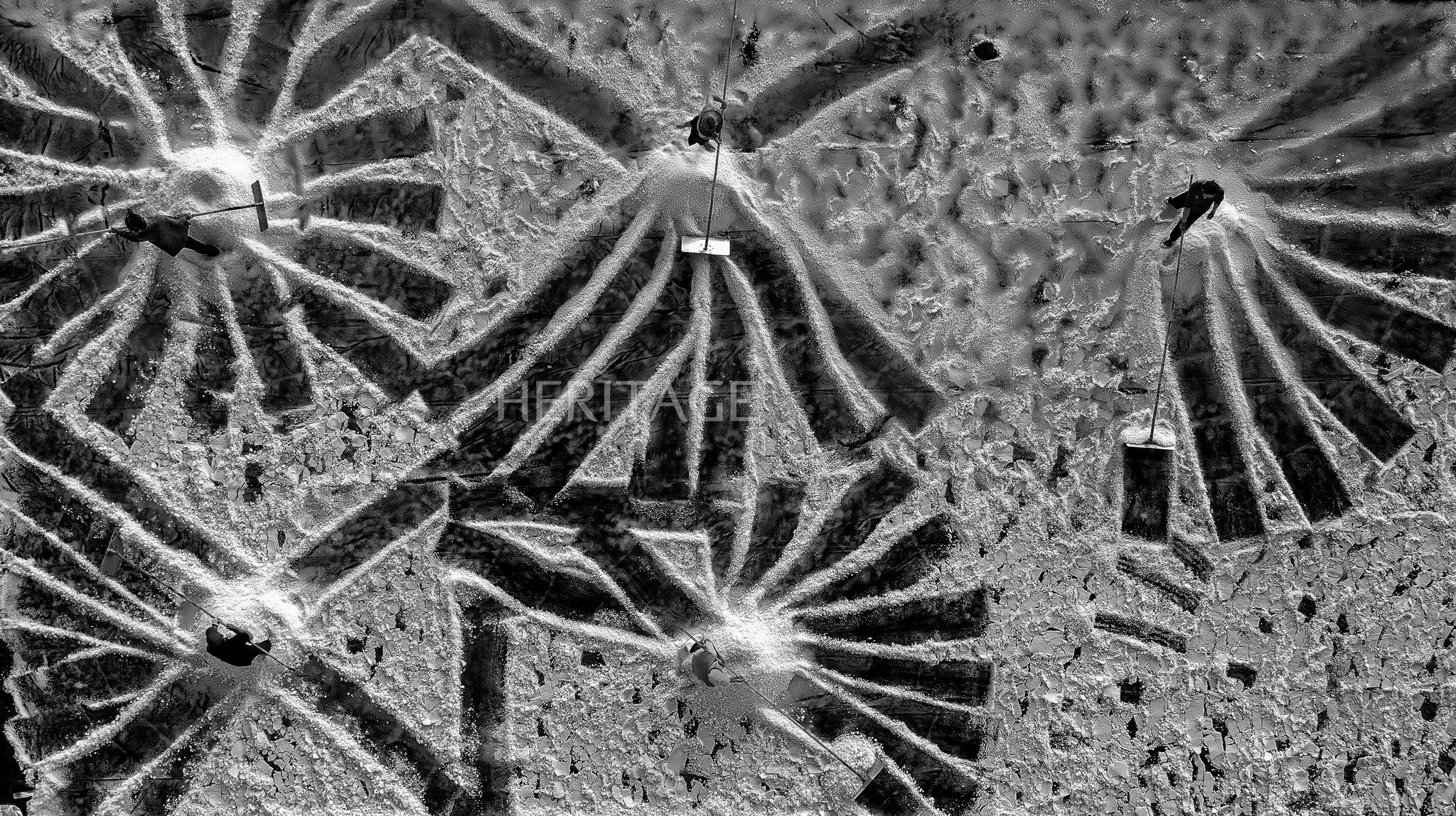

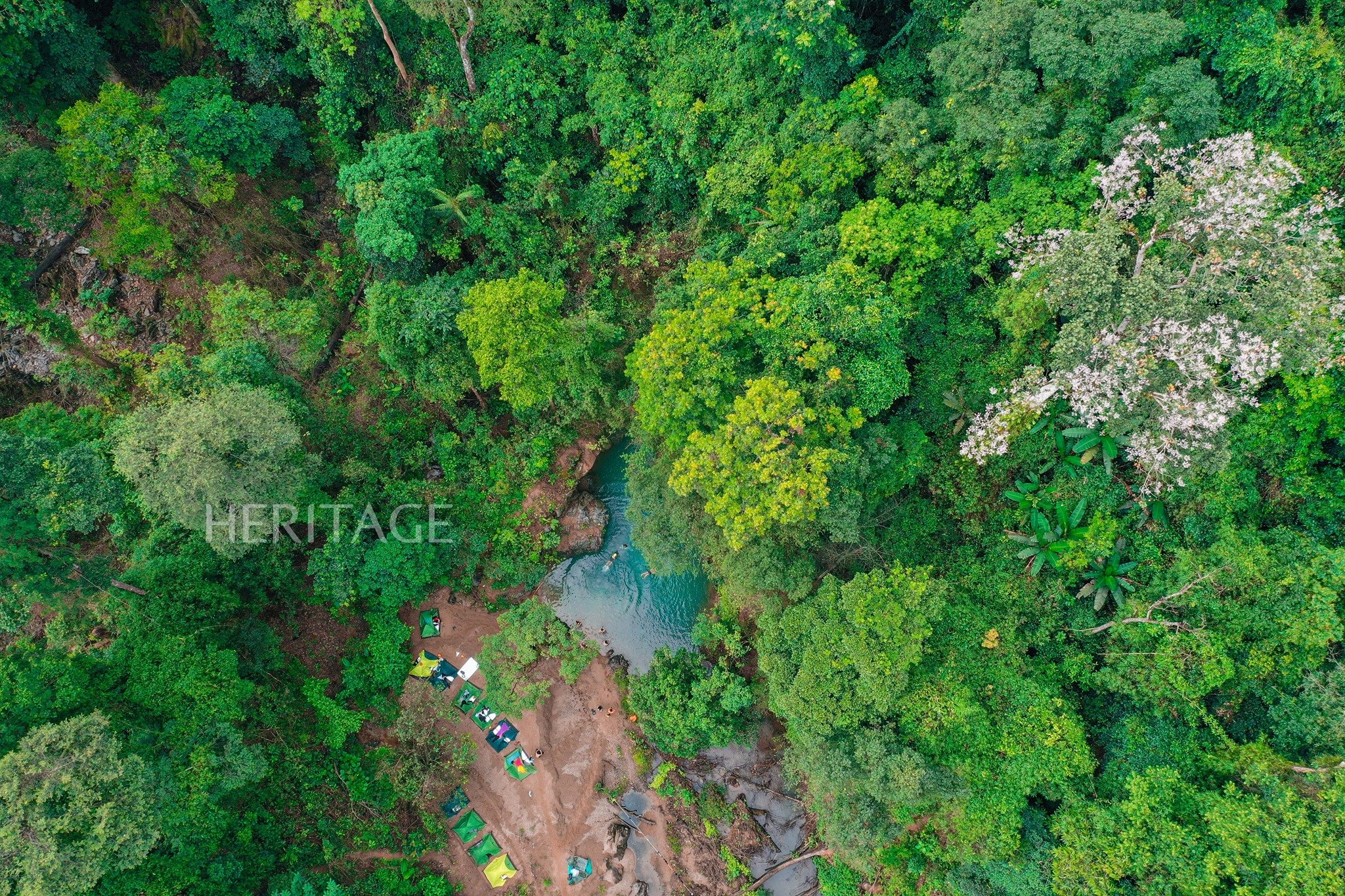

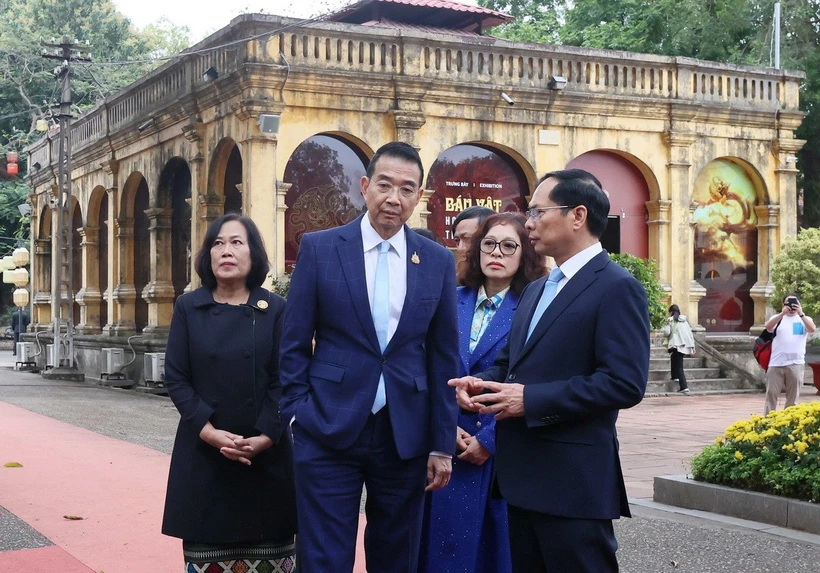

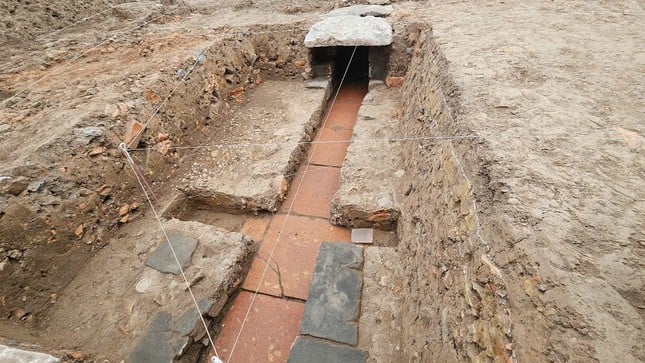

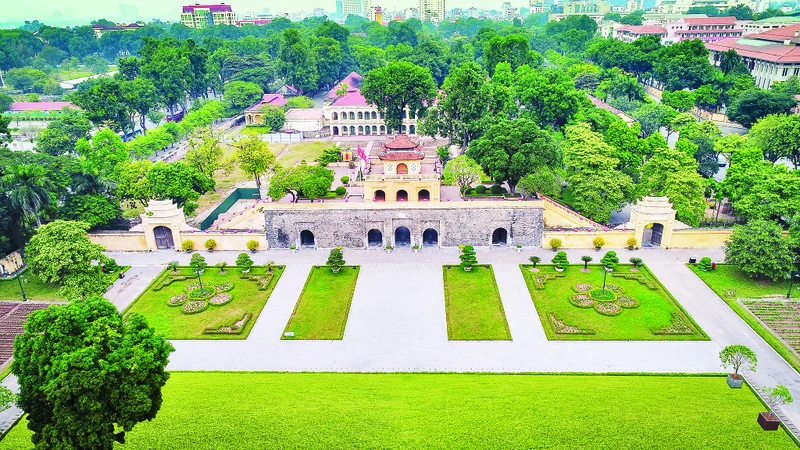

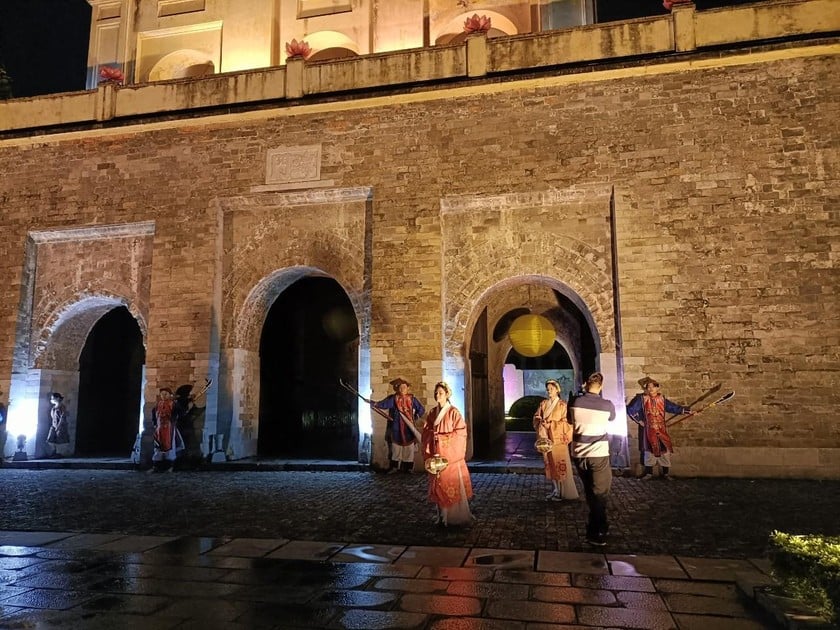

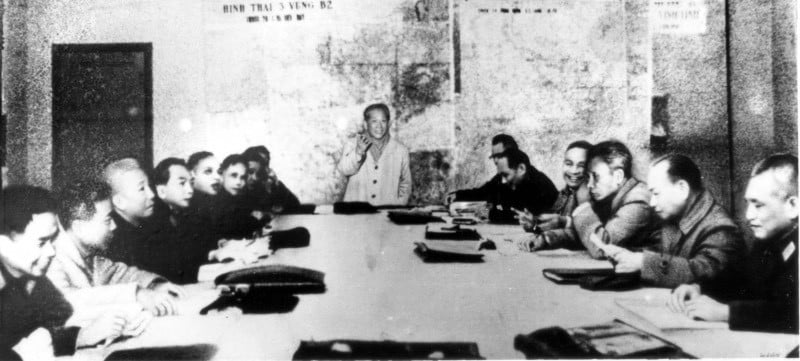

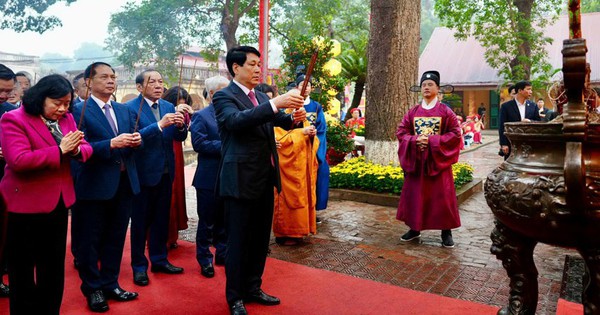



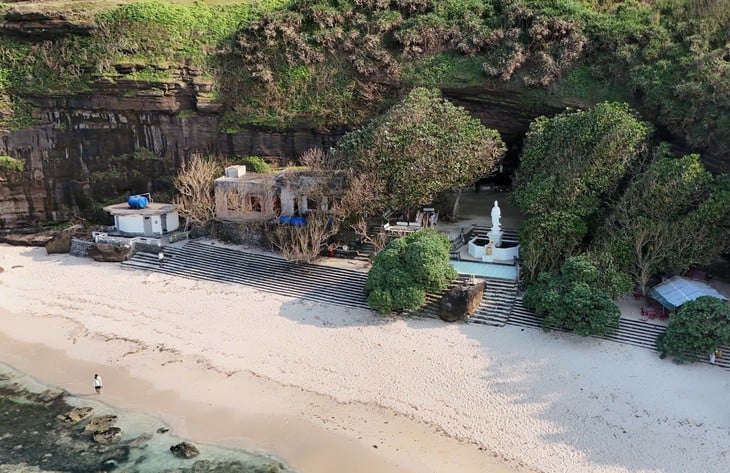

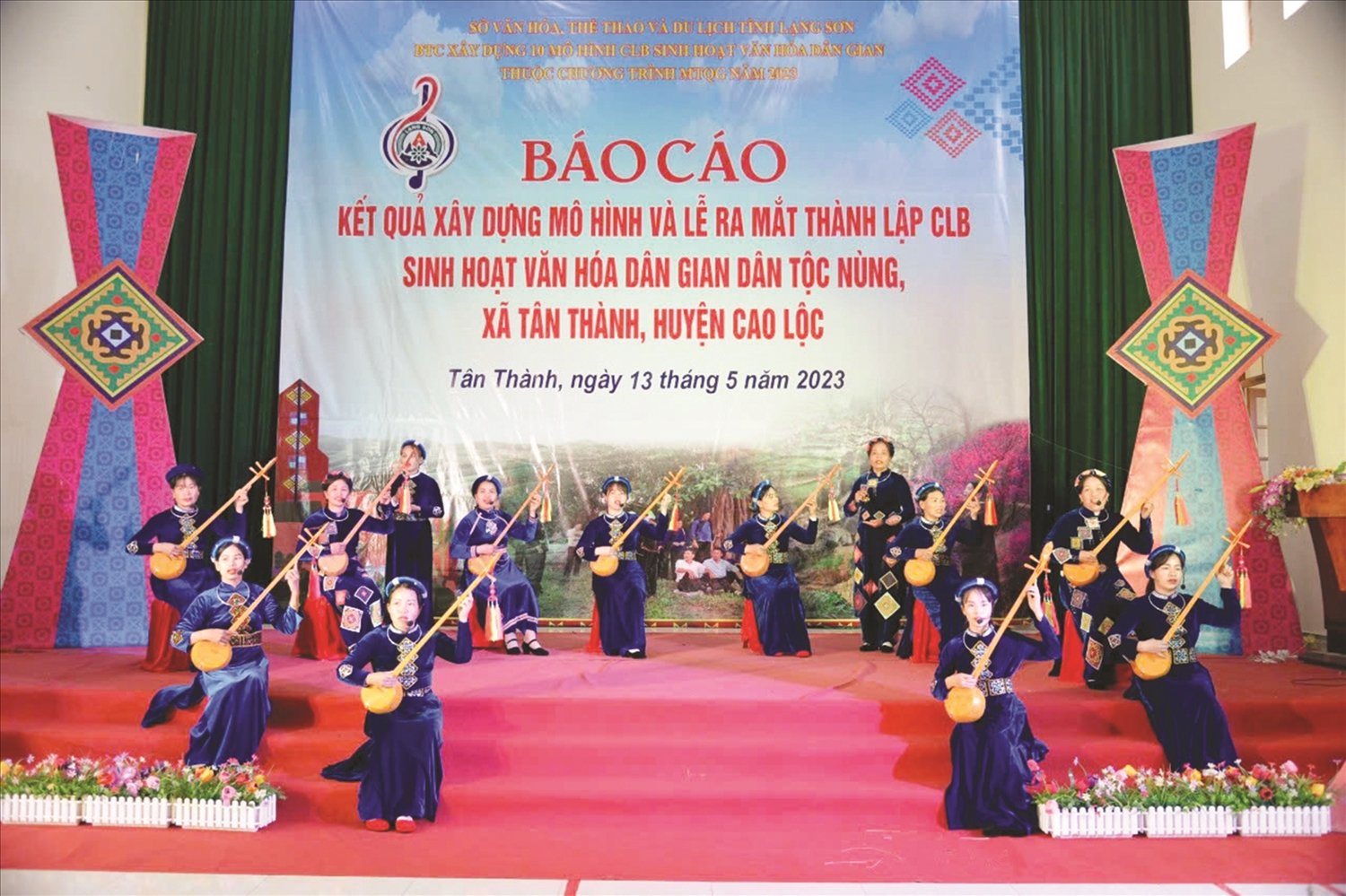





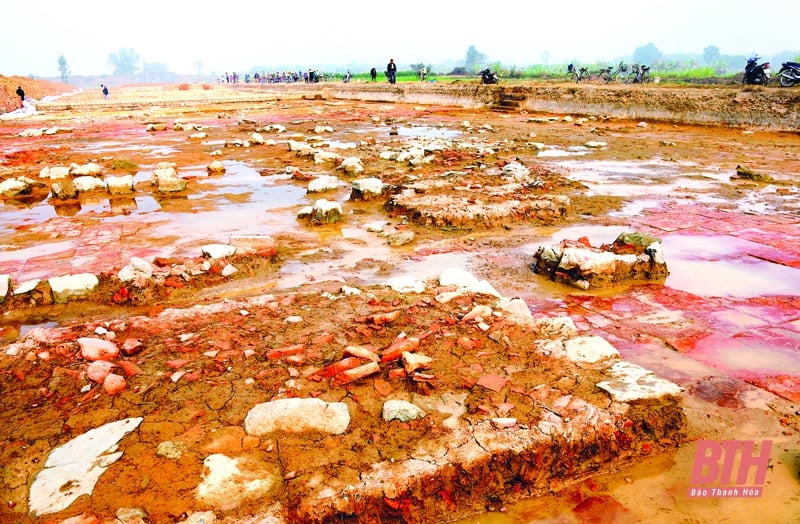

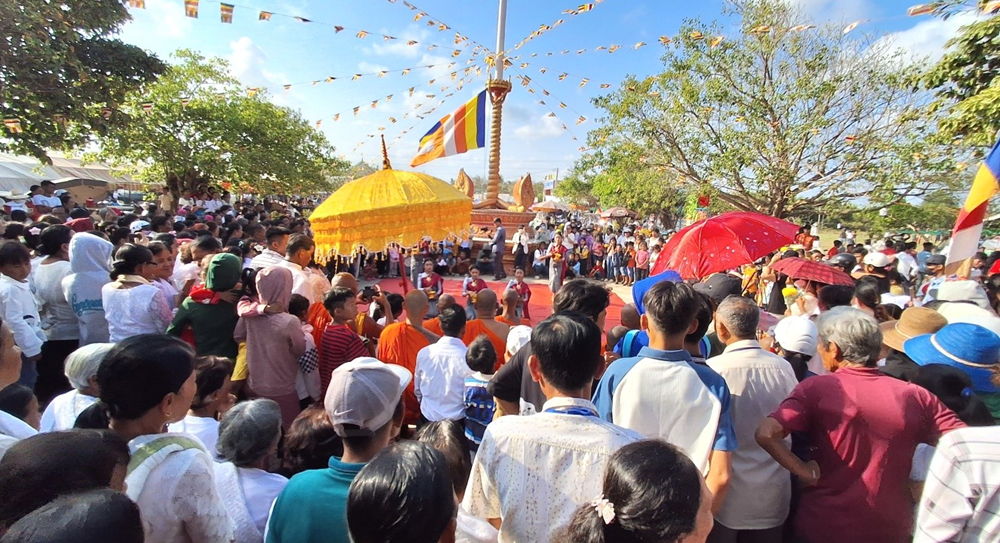
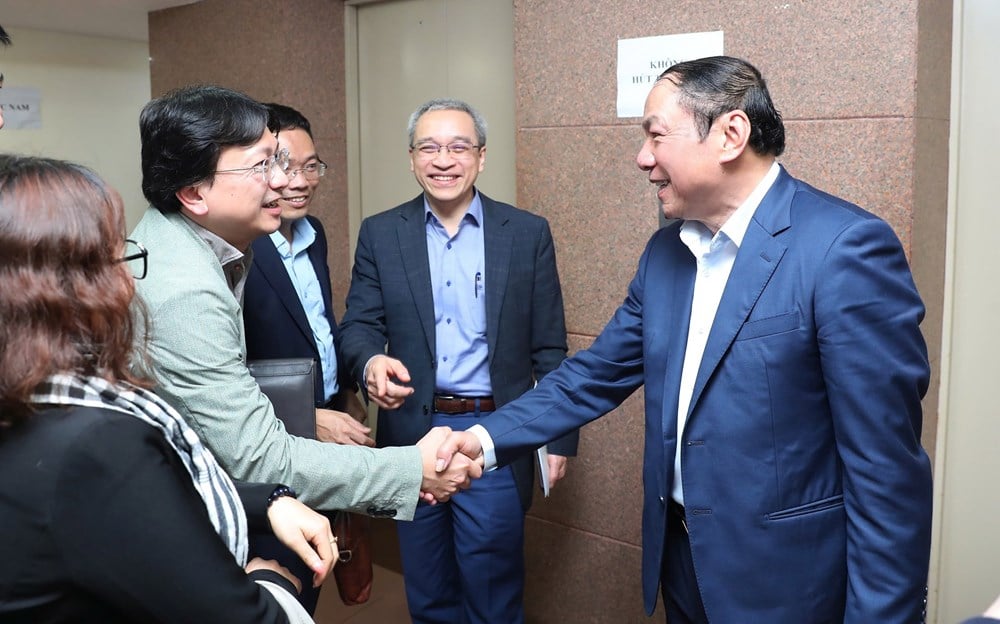

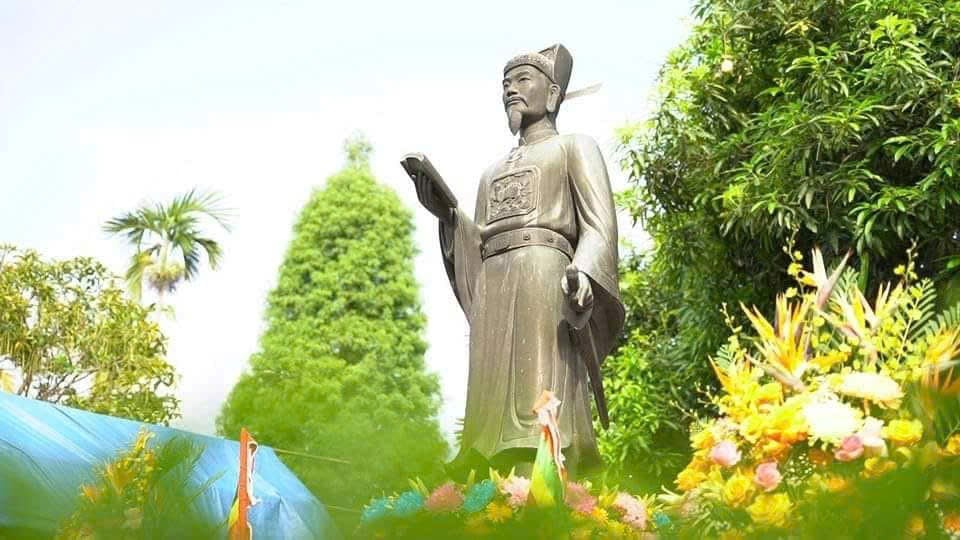
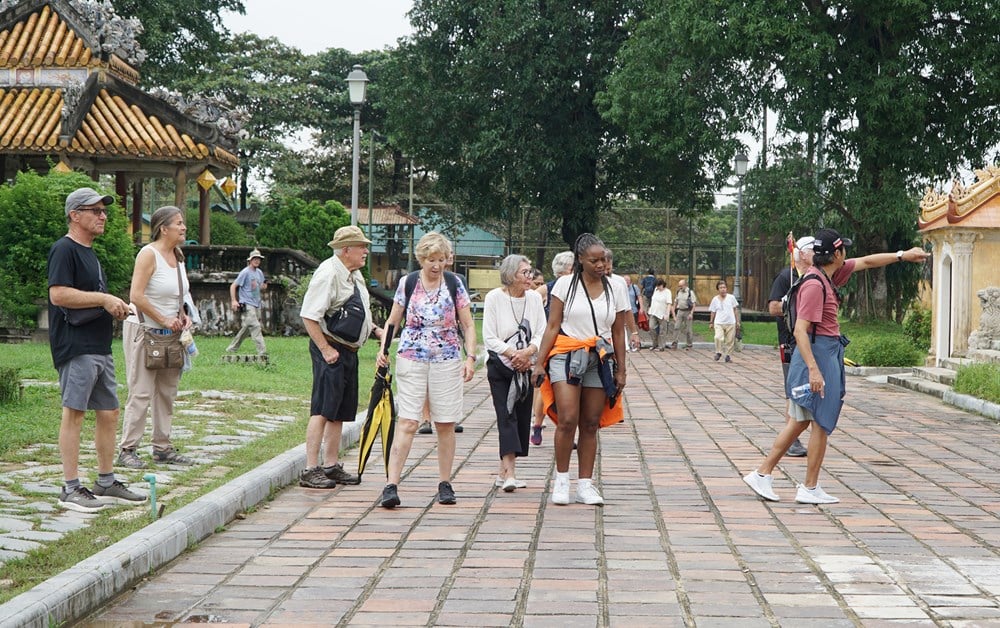
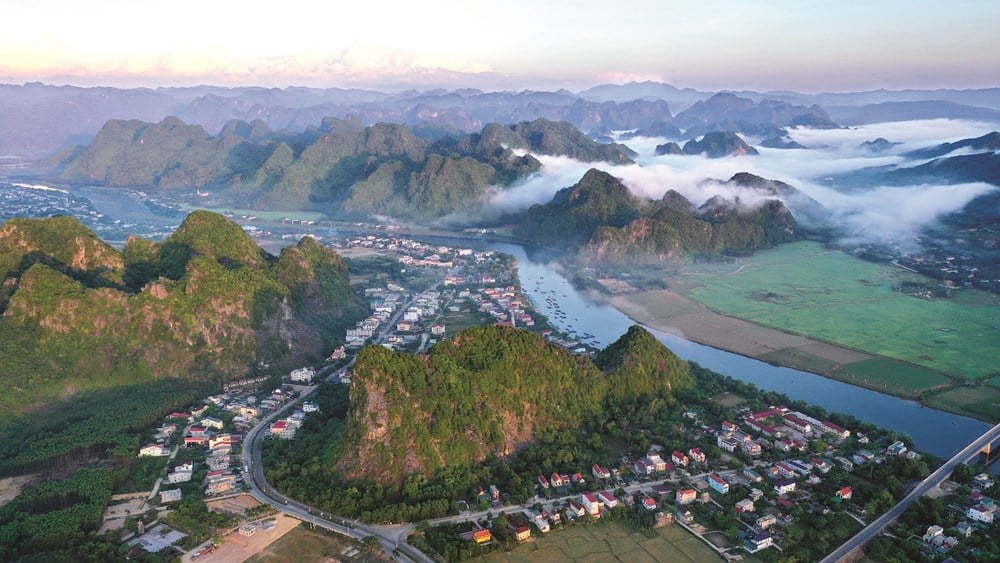
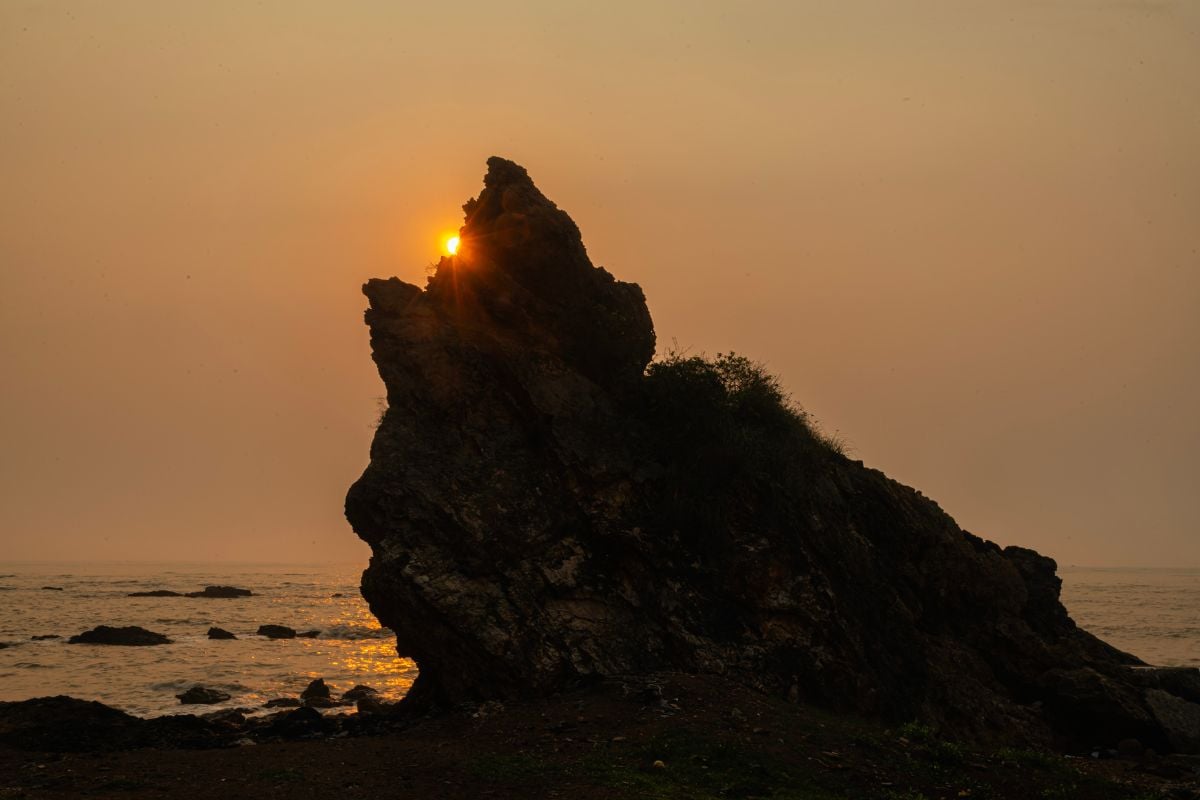
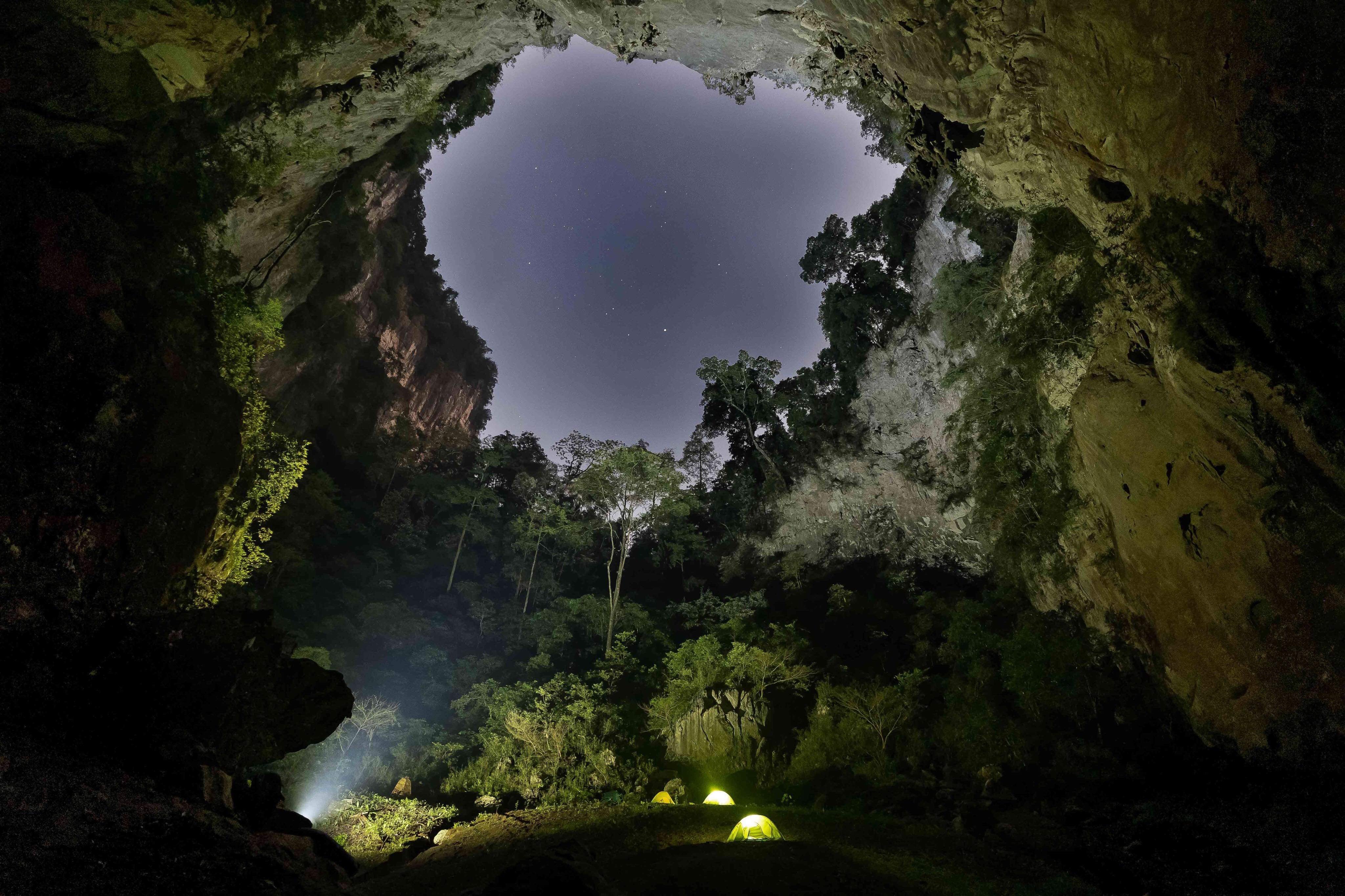
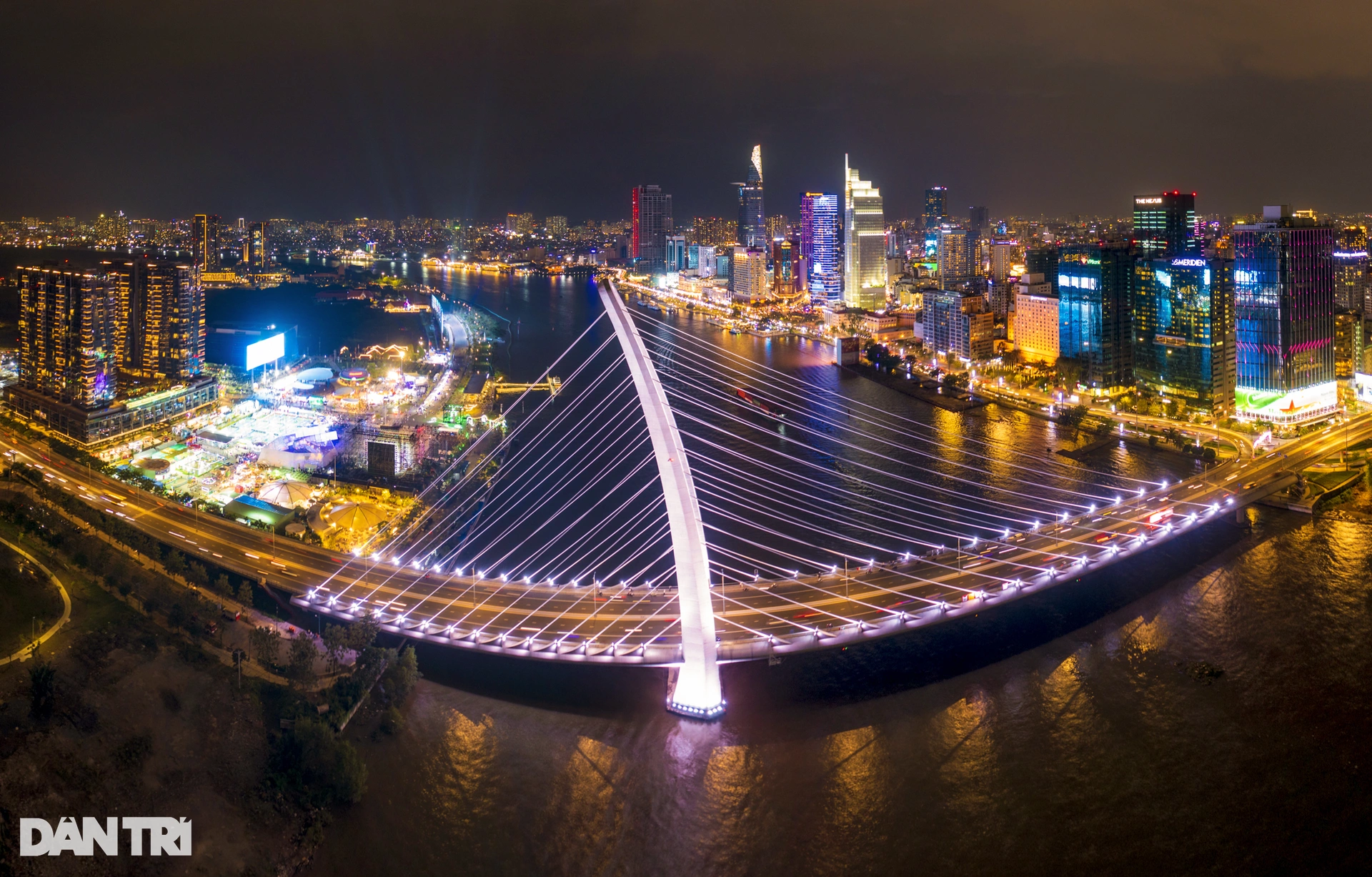

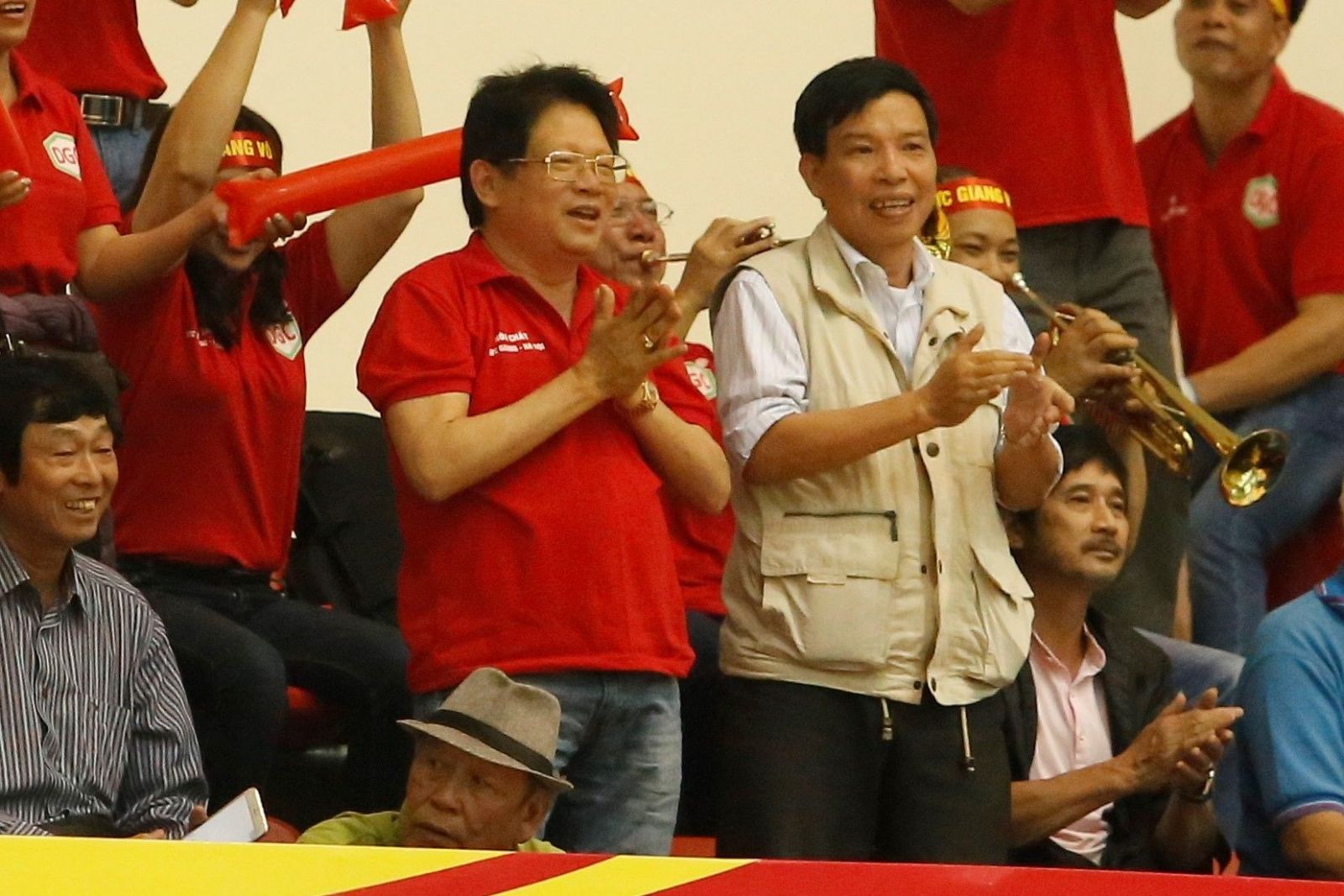

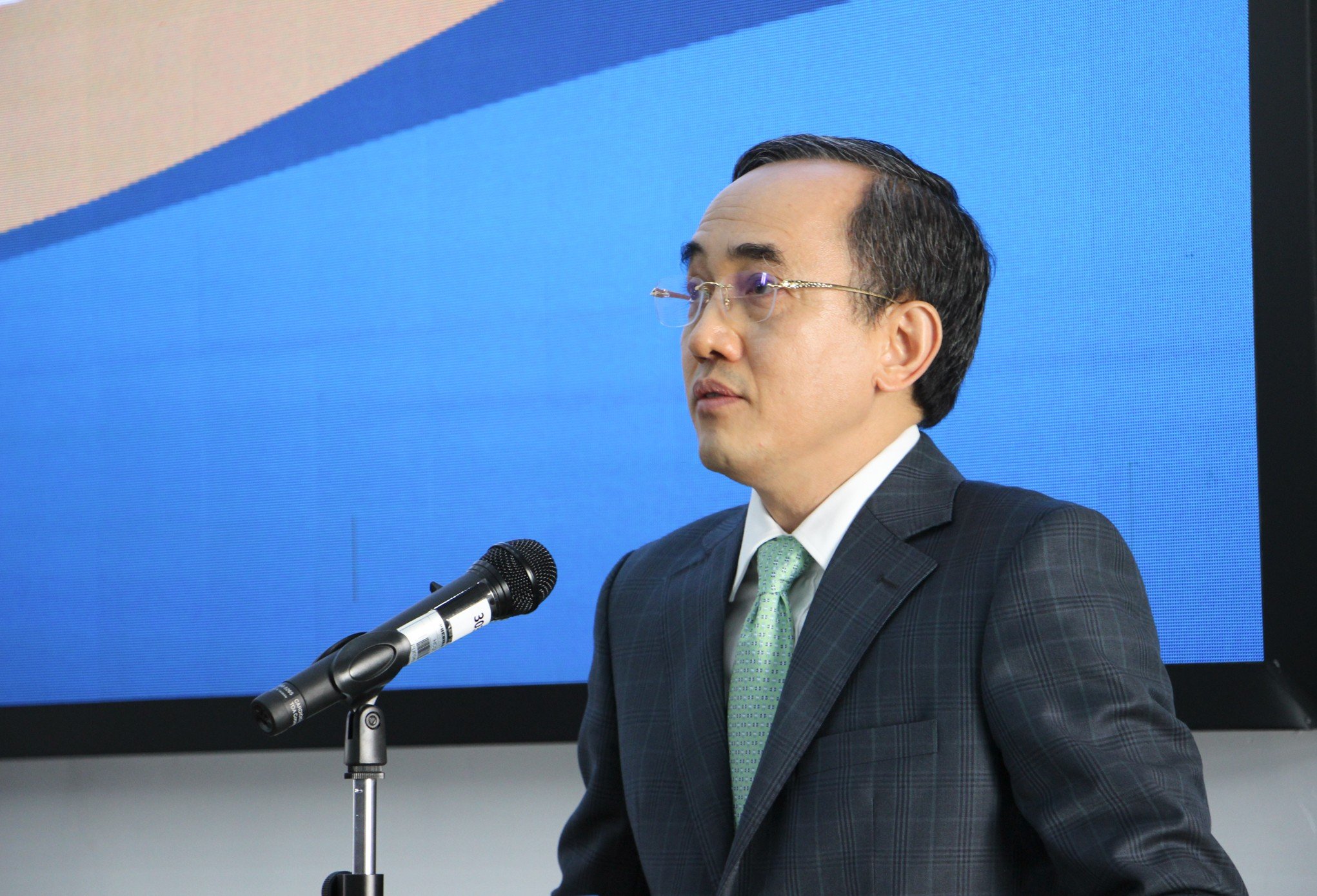

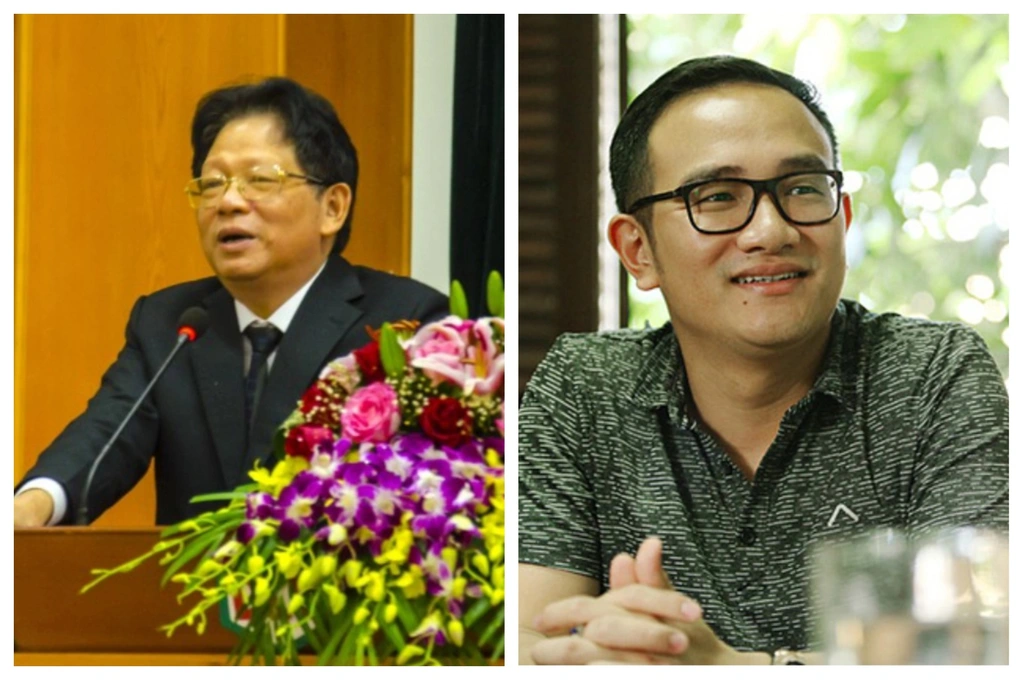

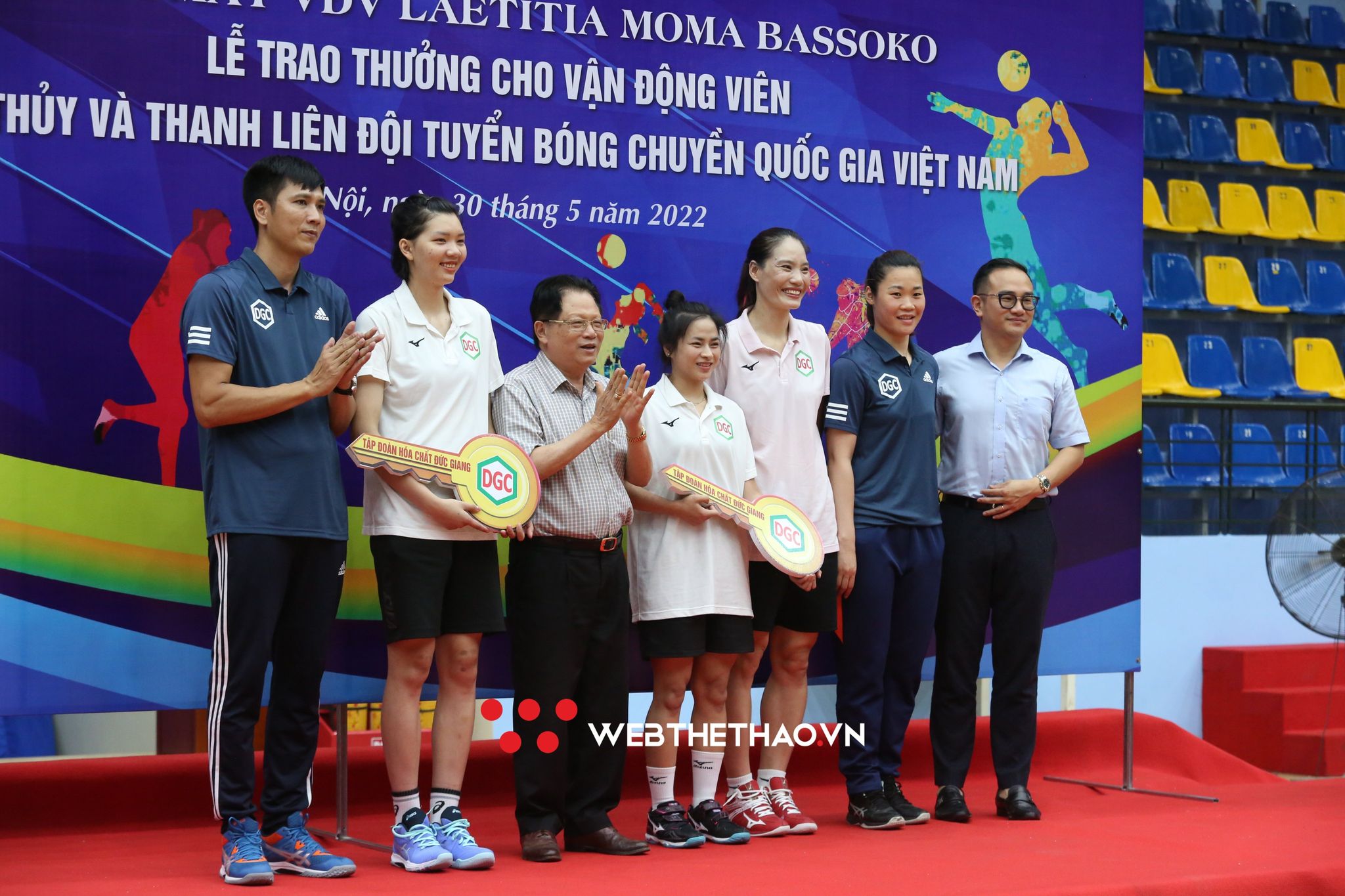
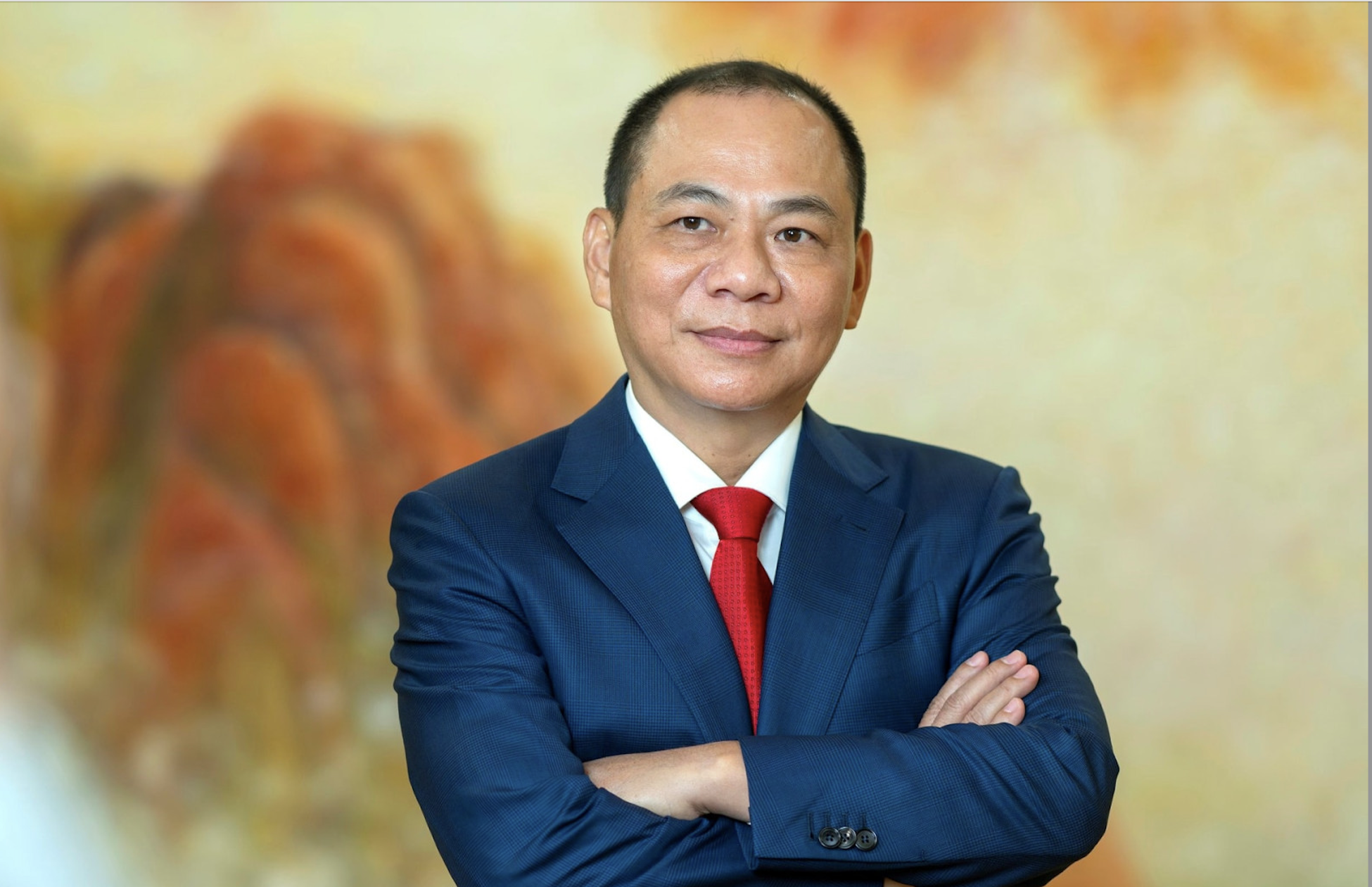







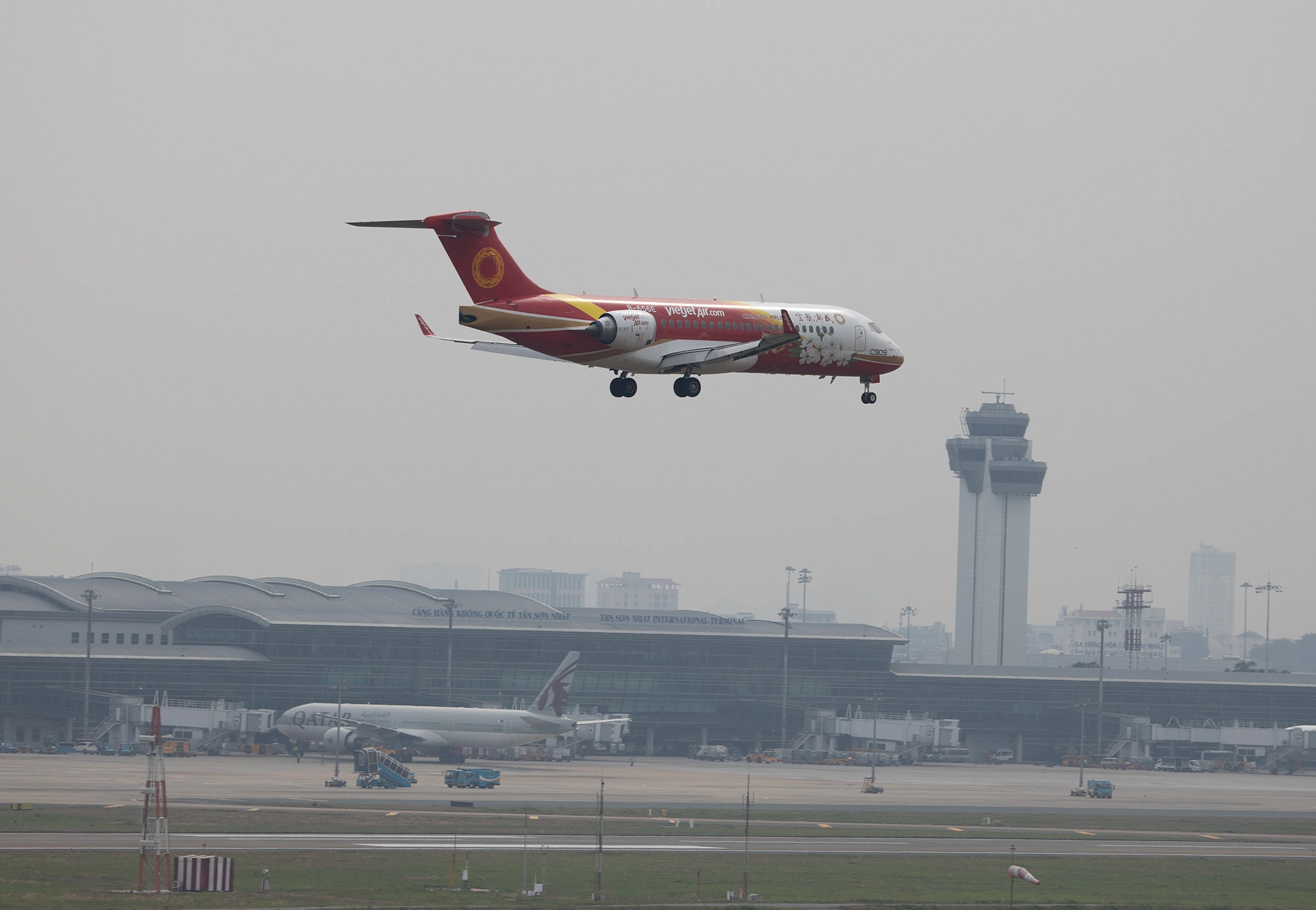
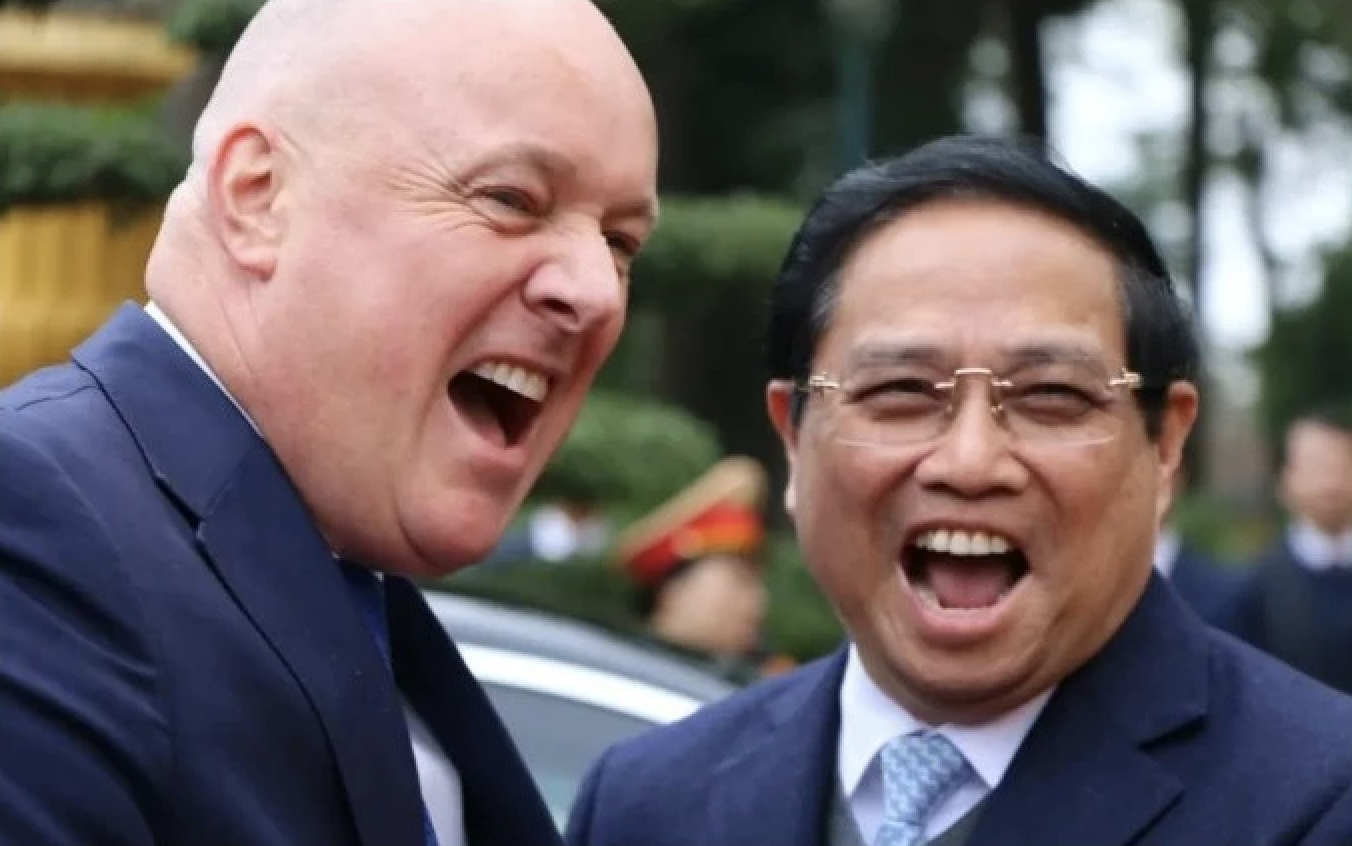
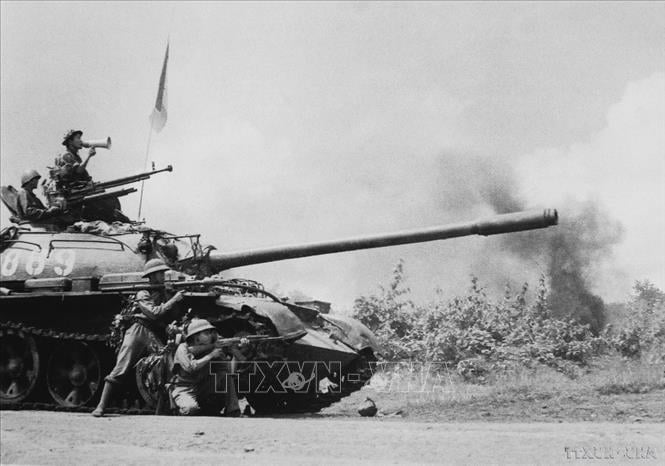



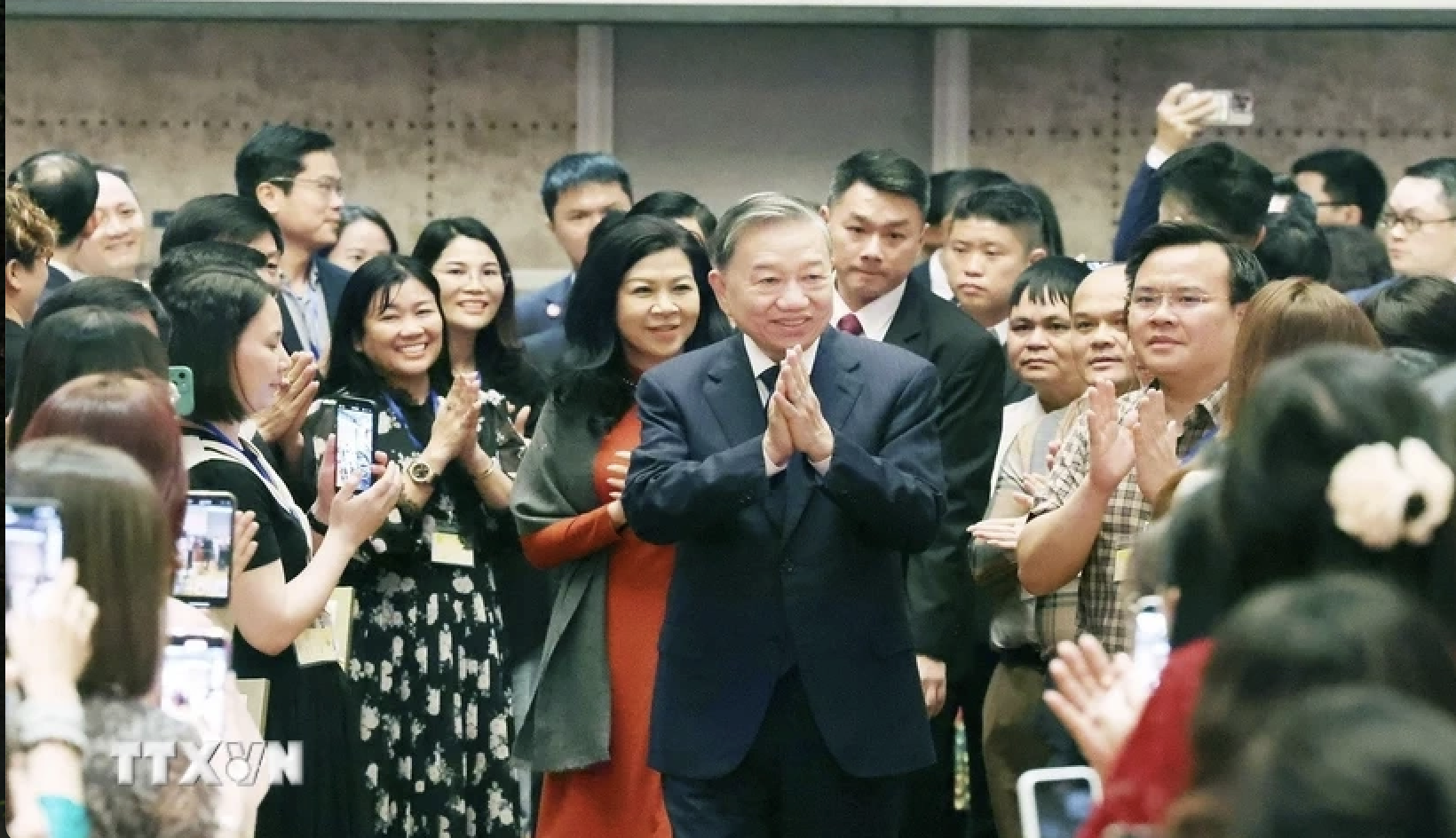


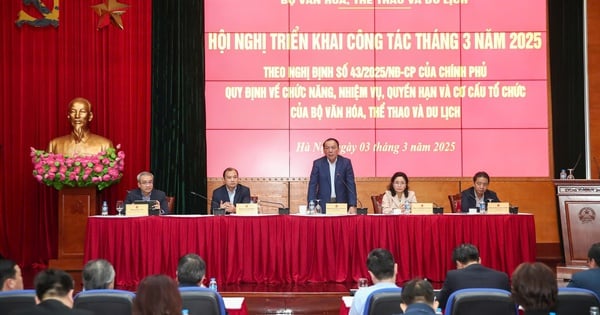

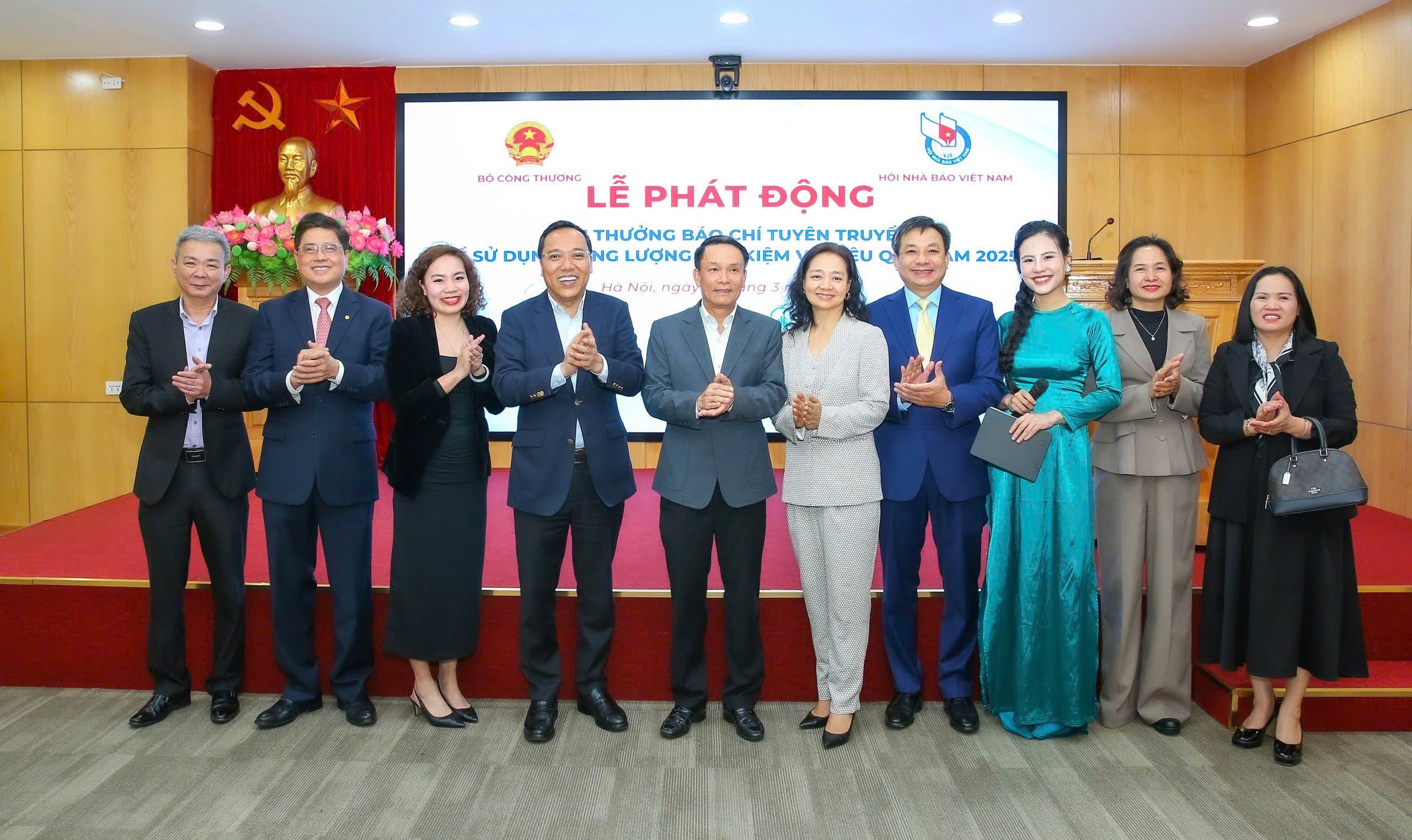

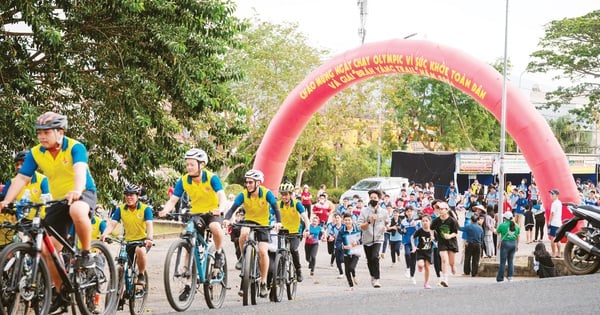
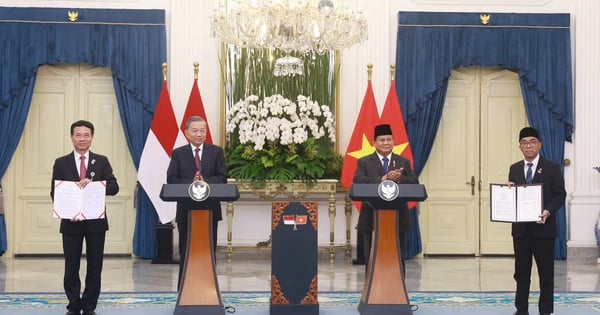
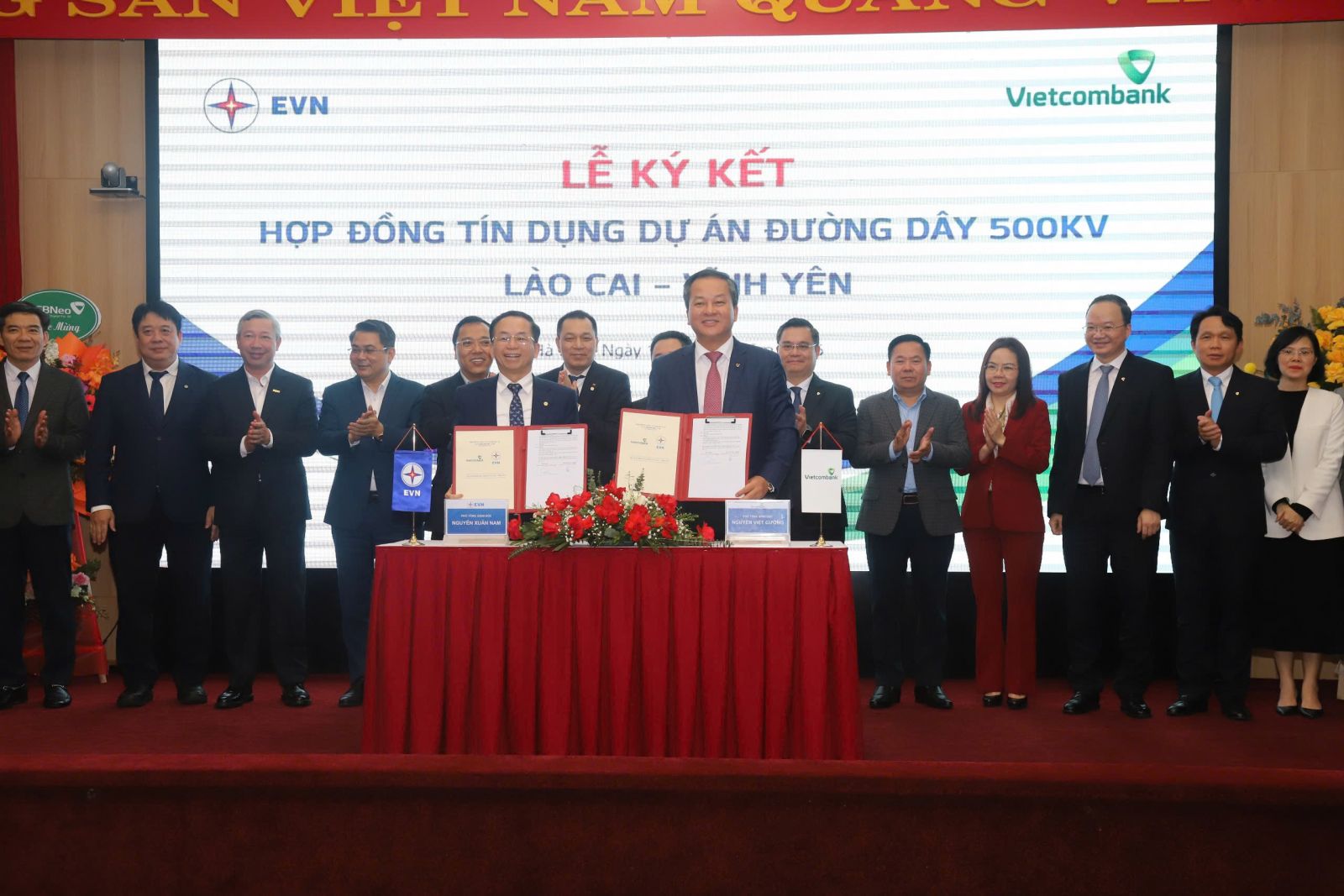






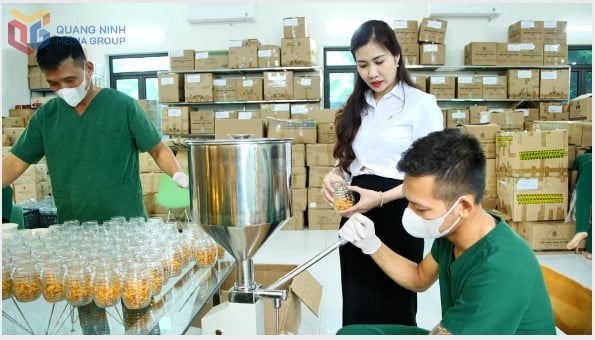

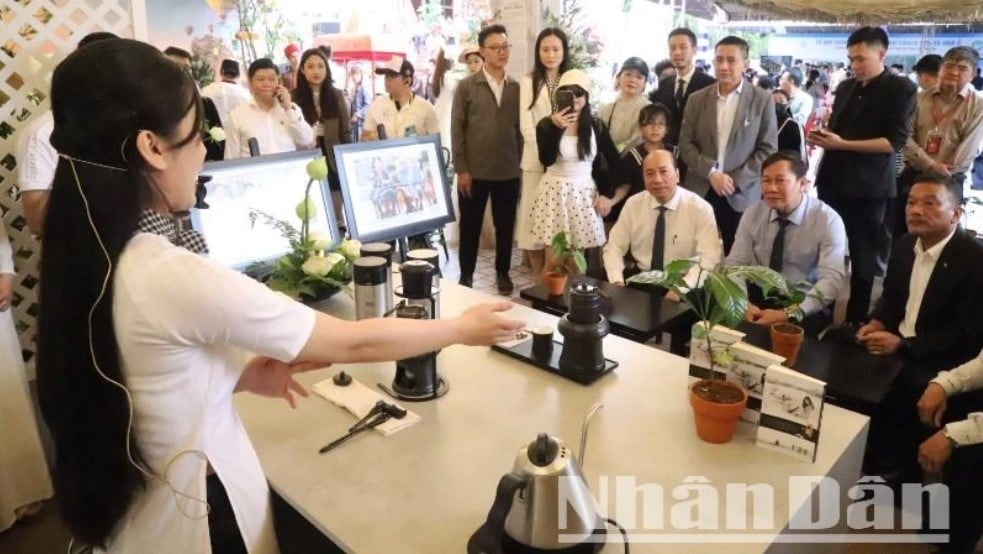
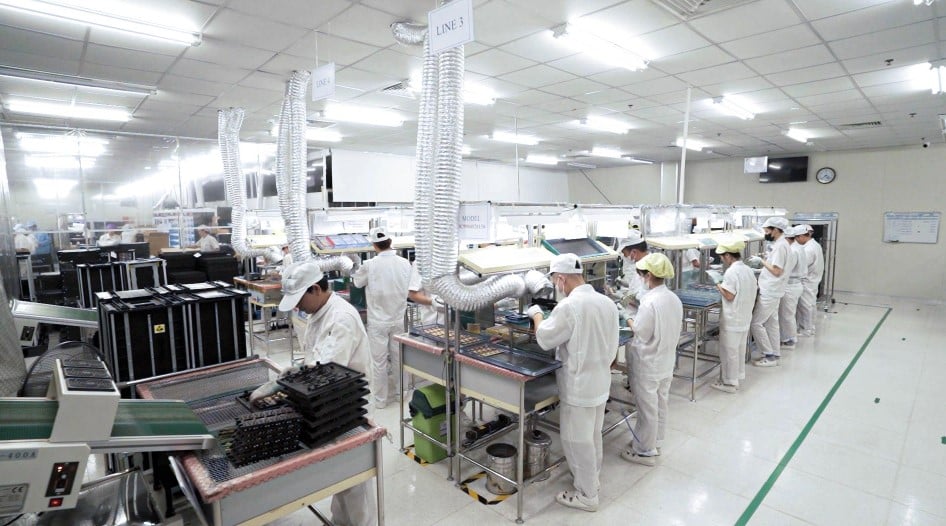
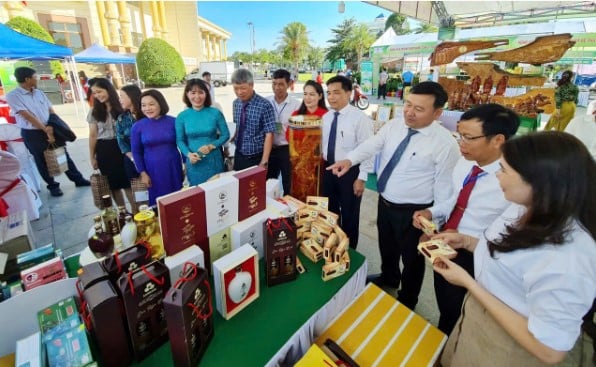

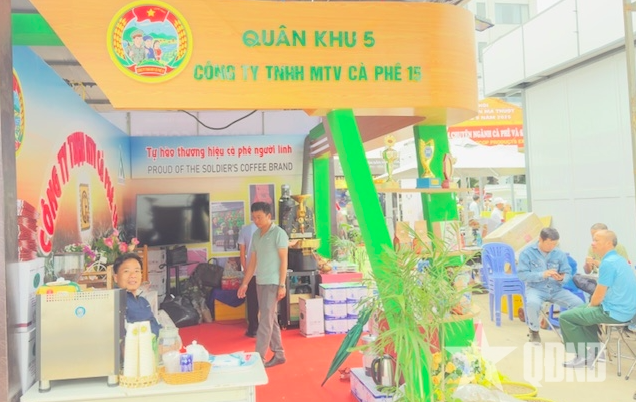

Comment (0)